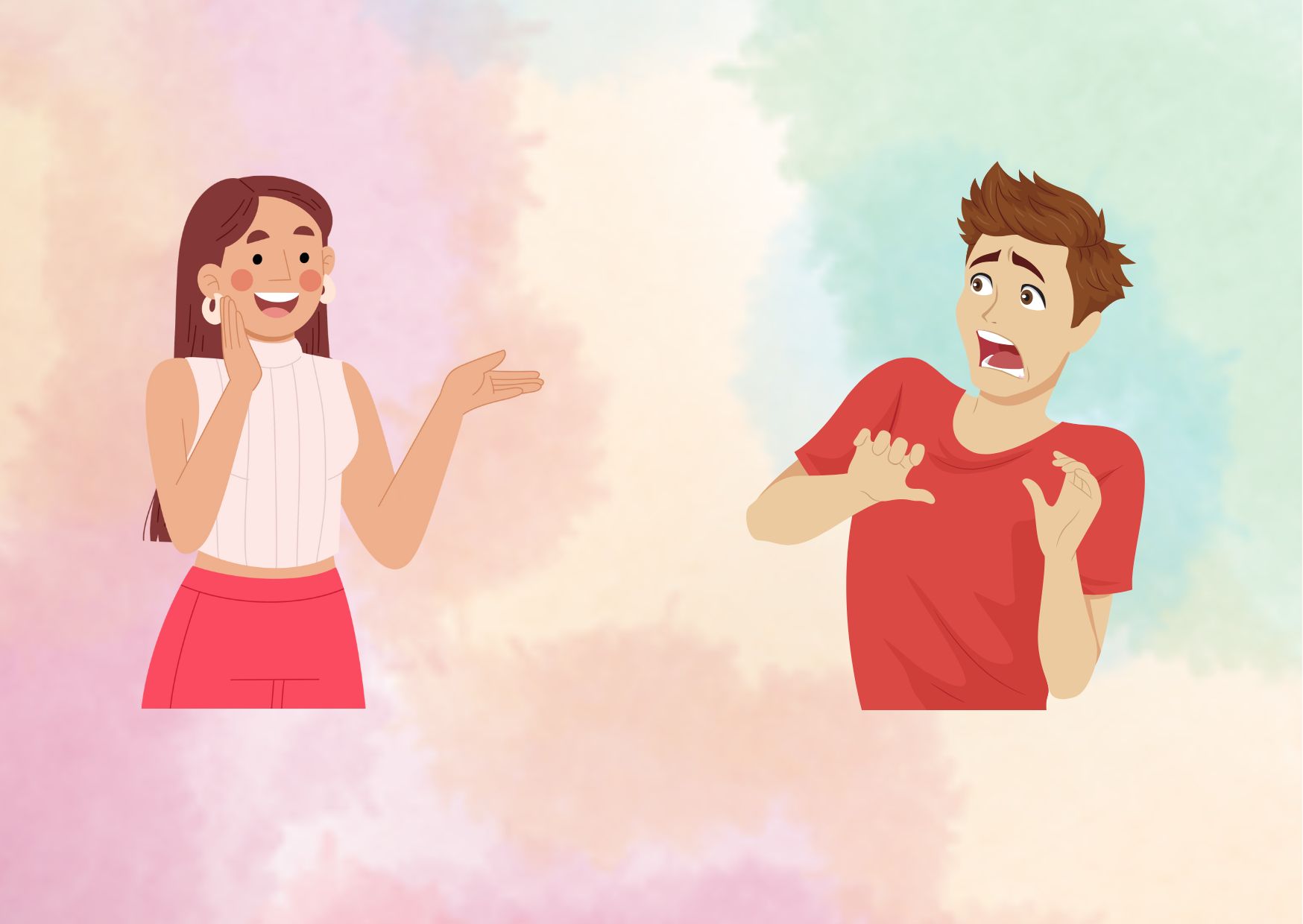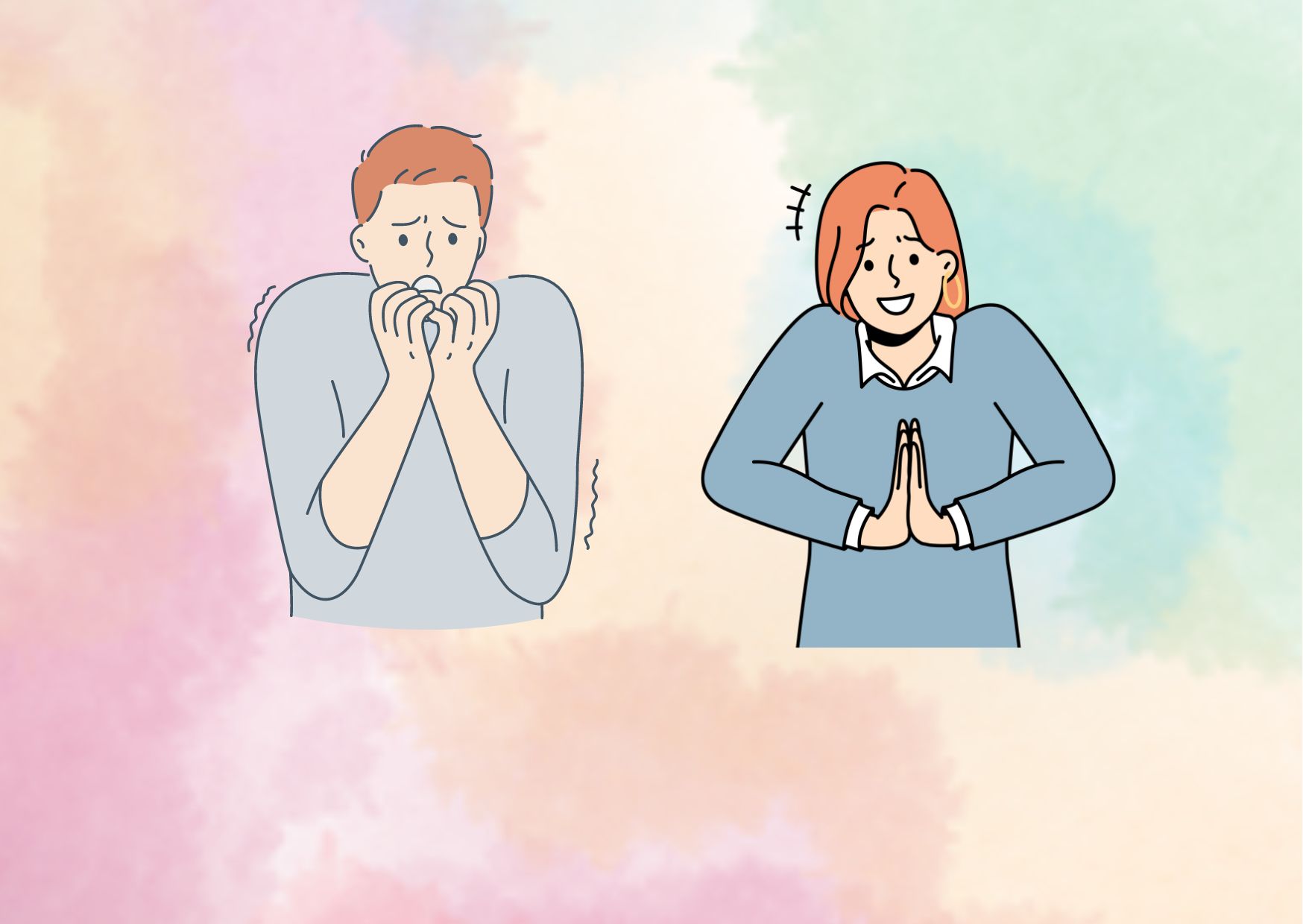Gynophobia: The Fear of Women
Gynophobia, or the fear of women, is an intense and irrational phobia that affects a person’s ability to interact comfortably with women. This condition can stem from various sources, including past traumatic experiences, societal influences, or deep-seated psychological issues. Individuals with gynophobia might experience anxiety, panic attacks, and avoidance behaviors when encountering women. Treatment typically involves therapy, such as cognitive-behavioral therapy (CBT), to address the underlying causes and help sufferers develop healthier coping mechanisms. Understanding and addressing this phobia is crucial for improving the quality of life for those affected.
While gynophobia is not recognized as a disorder in the Diagnostic and Statistical Manual of Mental Disorders (DSM-5), it shares similarities with specific phobias. In this article, we will explore the causes, symptoms, diagnosis, treatment, and complications associated with gynophobia.
Misogyny and Mental Health
Misogyny, a deep-rooted prejudice against women, can significantly impact mental health. It manifests through societal attitudes, discrimination, or personal relationships, often leading to psychological issues such as anxiety, depression, and low self-esteem in those affected. Constant exposure to misogynistic behavior or environments can cause feelings of worthlessness, helplessness, and chronic stress, which can worsen mental health conditions. Understanding the connection between misogyny and mental health is crucial for developing effective coping strategies and fostering supportive communities that promote healing and equality. Addressing misogyny requires both societal change and individual mental health support.
Social anxiety related to women
Social anxiety related to women, also known as gynophobia, involves an intense fear or discomfort in situations involving women. This anxiety can stem from past traumatic experiences, cultural conditioning, or deeply ingrained stereotypes about gender roles. Individuals with this form of anxiety may feel nervous, self-conscious, or even avoidant around women, which can negatively impact their personal and professional relationships. Addressing this anxiety often requires understanding its roots and seeking professional help, such as therapy or counseling, to develop healthier interactions and reduce anxiety over time.
Causes, Triggers, and Risk Factors
The exact cause of gynophobia is not well understood, but it is believed to be influenced by a combination of genetic and environmental factors. Negative or traumatic experiences involving women, such as mental, physical, or sexual abuse, can contribute to the development of gynophobia. These experiences may create a fear or anxiety response towards women.
In addition to personal experiences, there are several risk factors that may increase the likelihood of developing gynophobia. Children are generally more susceptible to developing phobias, including gynophobia. Genetic factors also play a role, as individuals with close relatives who have anxiety disorders or other phobias may be more prone to developing gynophobia. Furthermore, individuals with a sensitive temperament or a generally pessimistic outlook may have an increased risk of developing phobias.
Causes of Gynophobia
The causes of gynophobia, the fear of women, are multifaceted and can include past traumatic experiences involving women, such as abuse or negative interactions. Societal and cultural influences that perpetuate negative stereotypes about women can also contribute to this phobia. Additionally, psychological factors like low self-esteem, anxiety disorders, or other mental health issues may play a significant role. In some cases, individuals might develop gynophobia as a result of observing similar fears or behaviors in influential figures during their formative years. Understanding these causes is essential for effective treatment and management of the condition.
Symptoms of Gynophobia
The symptoms of gynophobia, can manifest both physically and emotionally. Physically, individuals may experience symptoms such as rapid heartbeat, sweating, trembling, shortness of breath, and even panic attacks when encountering women. These physiological responses are typical of phobic reactions and can occur in any situation where the individual feels threatened by the presence of women.
Emotionally, gynophobia can lead to intense feelings of anxiety, dread, and avoidance behavior. Those affected might go to great lengths to avoid social situations involving women, leading to significant disruptions in daily life and personal relationships. They may also struggle with feelings of shame, embarrassment, and isolation due to their fear. In severe cases, gynophobia can impact professional opportunities and social interactions, contributing to a diminished quality of life. Understanding these symptoms is essential for providing appropriate support and treatment to individuals with gynophobia.
Diagnosis of Gynophobia
Diagnosing gynophobia involves a comprehensive evaluation by a mental health professional. The process typically starts with a detailed clinical interview to understand the individual’s symptoms, their severity, and how they impact daily life. The clinician will explore the patient’s medical history, any past traumatic experiences, and the presence of other mental health disorders that might contribute to the fear of women.
Additionally, standardized diagnostic criteria from the DSM-5 (Diagnostic and Statistical Manual of Mental Disorders) are used to confirm the diagnosis. This includes assessing for specific phobia symptoms such as excessive fear, anxiety triggered by women, and avoidance behaviors. Psychological assessments or questionnaires may also be administered to gauge the intensity of the phobia and to rule out other conditions. Accurate diagnosis is crucial for developing an effective treatment plan tailored to the individual’s needs.
Treatment Options for Gynophobia
Fortunately, there are various treatment options available for individuals experiencing gynophobia. The most common approaches include therapy, counseling, and psychotherapy, which can help individuals understand and overcome their fear of women. Here are some effective treatment options for gynophobia:

